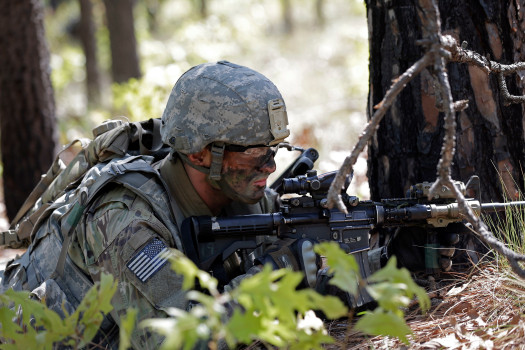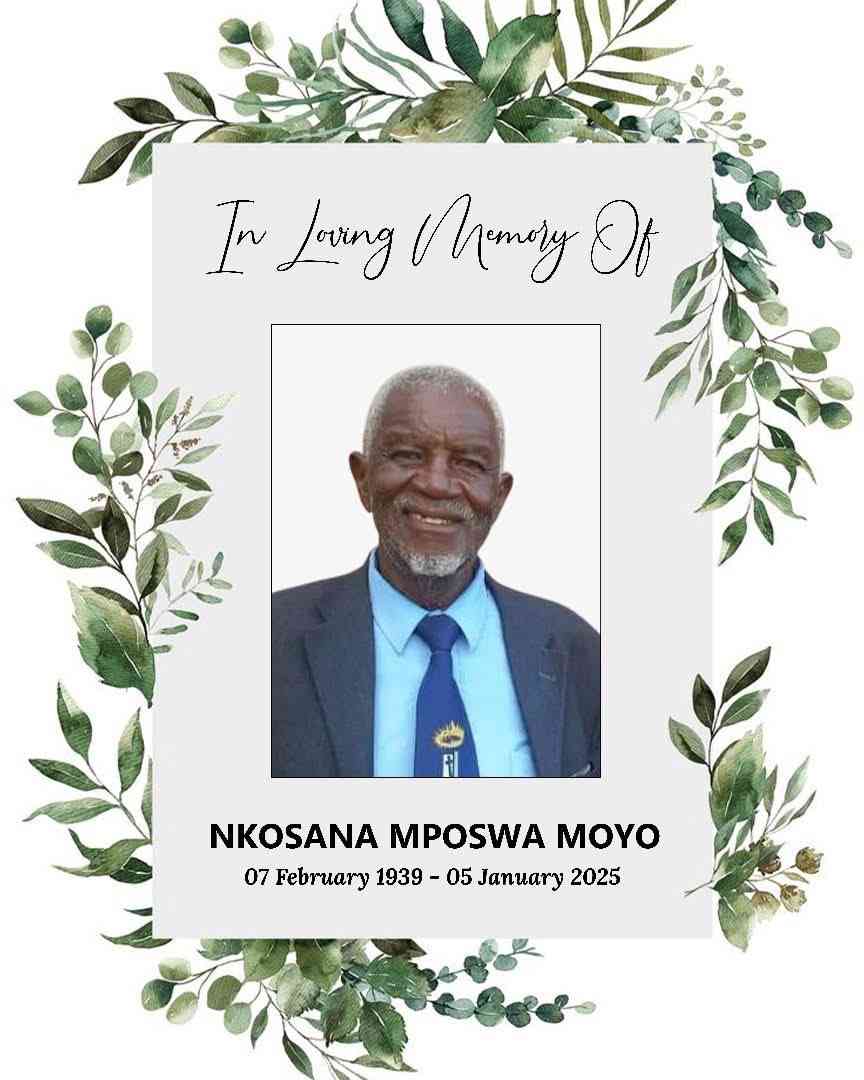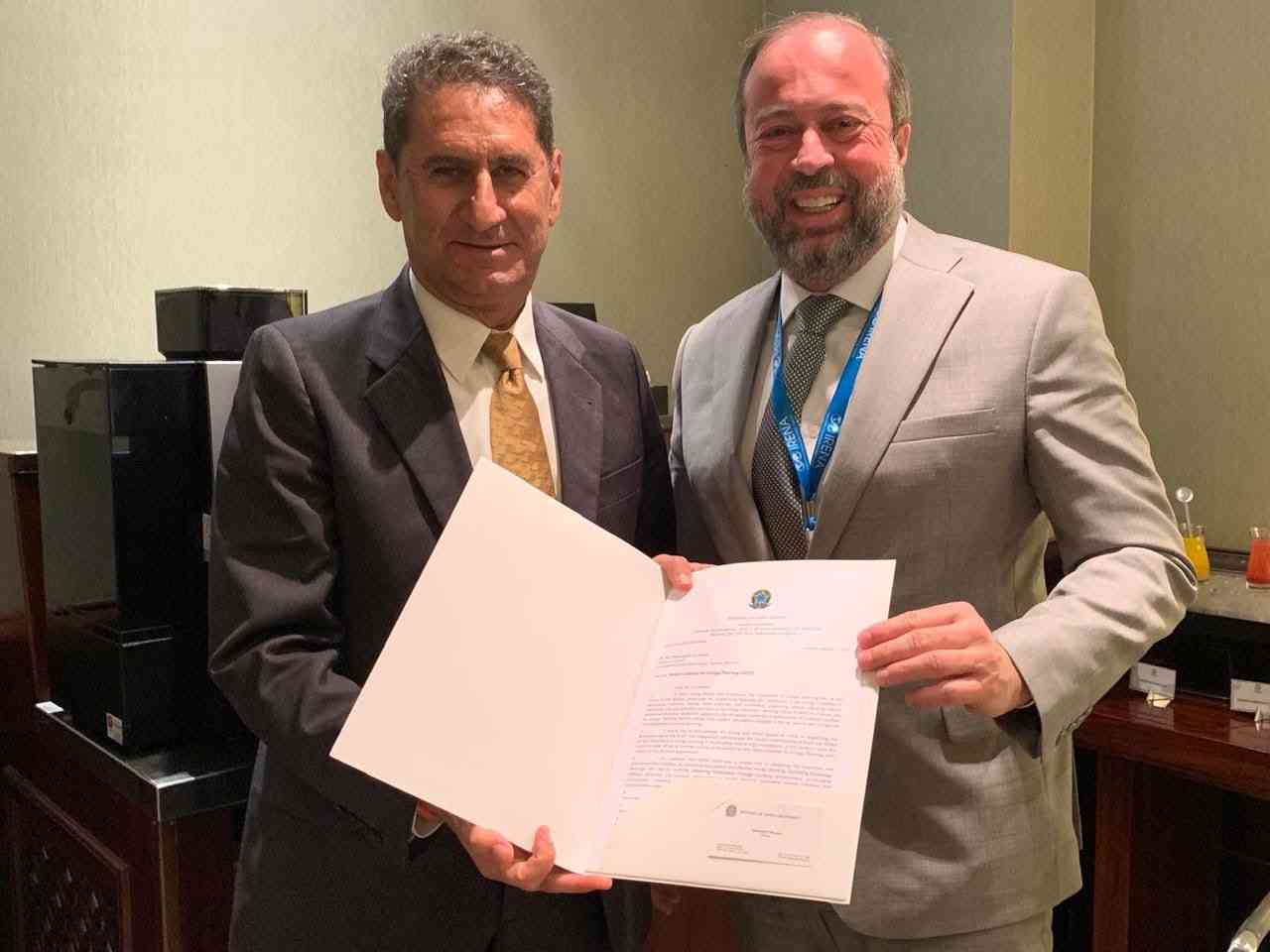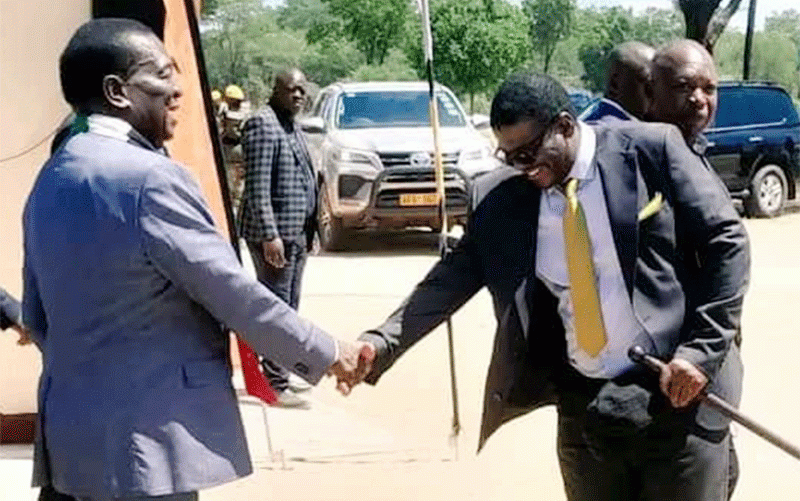
BY OWN CORRESPONDENT
The deaths of four United States soldiers in Niger in 2017 sparked a major political scandal in Washington due to the little information most Americans were provided regarding US military operations on the continent.
In March, acting Pentagon chief Patrick Shanahan told the House Armed Services Committee that he was not satisfied by former secretary of defence Jim Mattis’ review of the October 2017 Tongo Tongo ambush, which left four American personnel and five troops from Niger dead after they were ambushed by a militia during a raid on a warlord’s compound.
Mattis himself reportedly expressed dissatisfaction with the probe, which saw junior officers bearing the brunt of the responsibility while superiors escaped reprimand.
The Tongo Tongo ambush, the deadliest action undertaken by US troops in Africa since the ‘Black Hawk Down’ disaster in Somalia in 1993, sparked an outcry in the US, particularly after Americans learned that troops stationed in Niger did not even receive imminent-danger pay because the country was not considered an imminent danger zone.
Also in March, Africom chief General Thomas Waldhauser promised that his command had made changes “since the Niger incident” having to do with “tactical actions and procedures on the ground, and minimum force requirements.”
The US military has recently engaged in or is continuing to conduct a whopping 36 operations in 19 African countries.
The operations, stretching from Mauritania and Senegal in western Africa all the way through to Somalia and Djibouti in the east, and from Libya and Tunisia in the north to Gabon and the Democratic Republic of the Congo in the south, include multiple missions in countries that the US government does not officially recognise as a combat zone, but where US troops are nonetheless engaged in fighting and risk injury or death.
- Chamisa under fire over US$120K donation
- Mavhunga puts DeMbare into Chibuku quarterfinals
- Pension funds bet on Cabora Bassa oilfields
- Councils defy govt fire tender directive
Keep Reading
US military personnel have engaged in six missions in Somalia, six missions in Niger, four missions apiece in Libya and Kenya, three apiece in Cameroon and Chad, two each in the Central African Republic, Djibouti, Mali, Mauritania and South Sudan, and one each in Burkina Faso, the DRC, Gabon, Ghana, Senegal, the Seychelles, Tunisia and Uganda.
Mission types include Joint Special Operations Command psychological operations, electronic surveillance, missions in support of the US’ drone warfare program, maritime security and anti-piracy operations, ‘advise and assist’ programs for local peacekeepers, rescue operations, special operations forces’ airstrike support, attacks on high-value terrorist targets, and, most prominently, missions which are run by US special forces units using host-nation elite units to engage in counterterrorism, with local forces receiving extensive training and operating using US equipment.
The operations listed began as early as 2010, with many of them continuing into the present.
But has the situation changed for the better? In most cases, No! It only continues to deteriorate. Especially in countries the United States interferes in.










